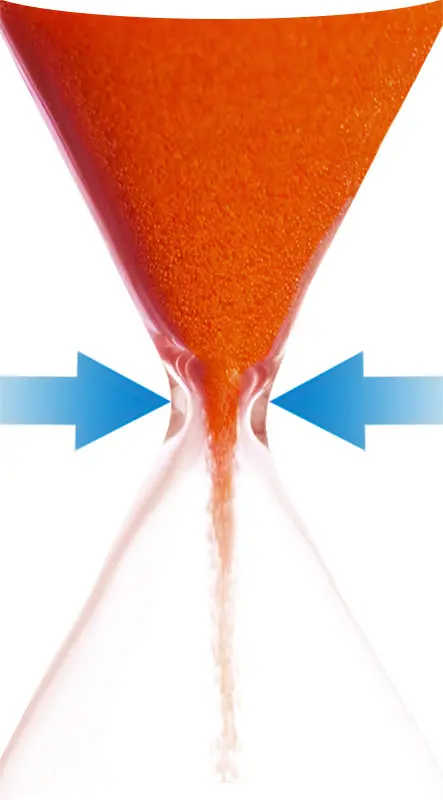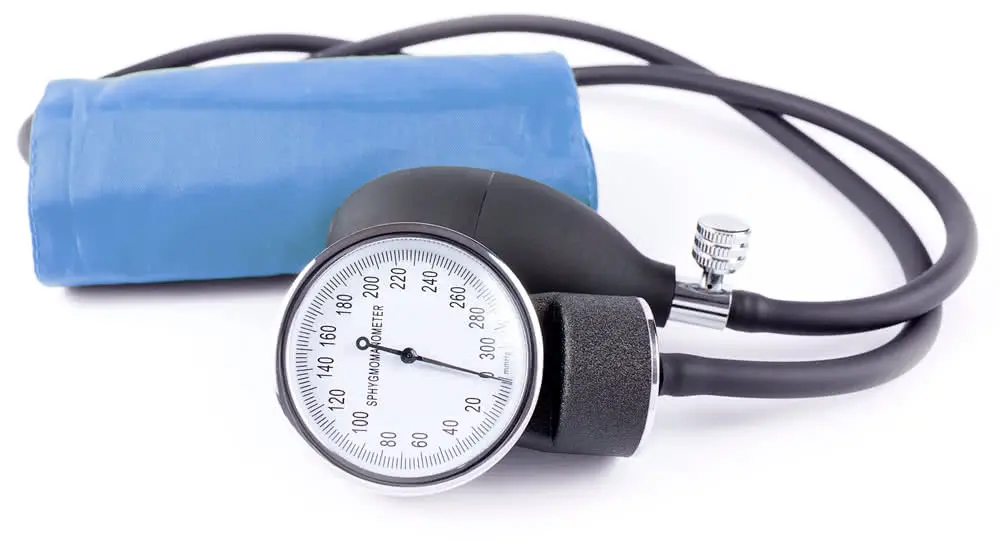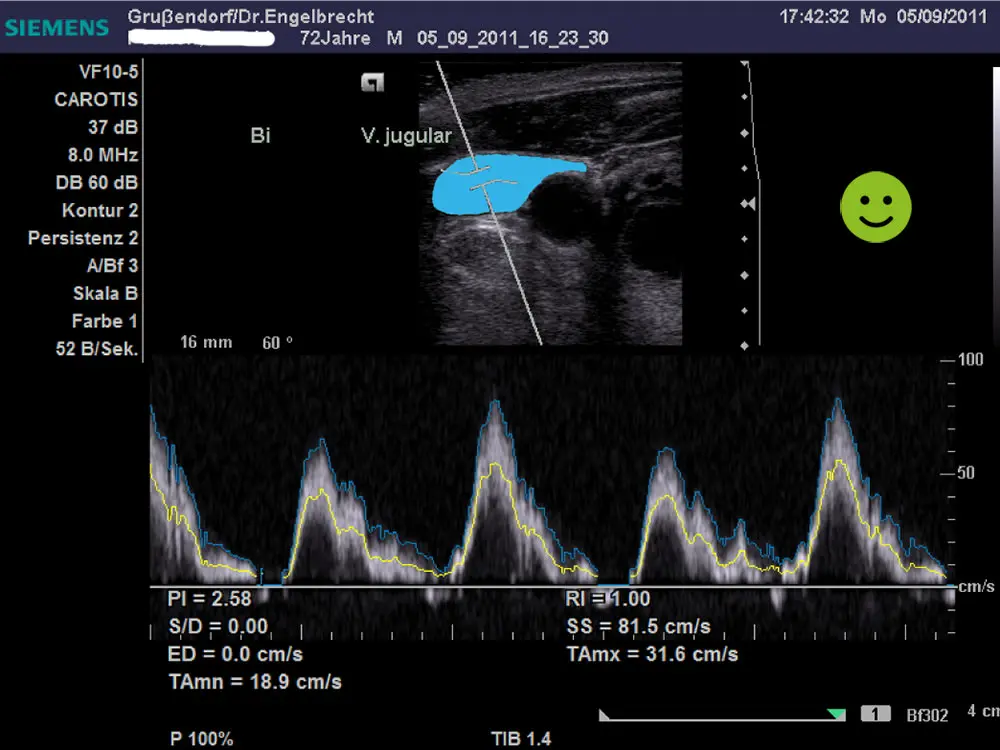Consequences on the Circulatory System of the Misalignment of the Atlas
Have you ever experienced the strange sensation of not getting enough blood to your head? Perhaps you hesitated to mention it to your doctor, fearing you might be seen as irrational? Or maybe you did, only to be told it was normal, attributed to standing up too quickly or other similar explanations. Know that you are not alone.
Many people resign themselves to living with issues of hypotension or hypertension and poor circulatory function, relying on medications without ever addressing the true cause. But are we certain that continuously taking medications without understanding the real origin of the problem is the best solution?
Atlas Misalignment: The Overlooked Consequences
Rather than merely managing symptoms, it would be preferable to identify and permanently eliminate the cause of the problem. A completely overlooked trigger is the misalignment of the Atlas, the first cervical vertebra, which can significantly impact blood circulation to the brain. Since the brain requires a constant and abundant supply of blood, both arterial inflow and venous outflow occur on both sides of the neck to prevent excessive flow reduction during head rotation.
Depending on the degree and type of misalignment of the first two cervical vertebrae, compression can occur, affecting one side or both. Bilateral compression can arise as a result of a straightening of the cervical spine, a condition in which the vertebrae adopt an excessively ventralized position.

Internal Carotid Artery, Jugular Vein, and Vertebral Artery

When the Atlas and/or Axis are misaligned from their neutral position, they can compress, directly or indirectly, several blood vessels in close proximity, negatively impacting the blood flow directed to the skull. This compression may involve:
- The vertebral artery, which passes through the transverse foramen of the Atlas and may be subject to vertebrobasilar insufficiency if compressed.
- The internal carotid artery, which runs just in front of the Atlas after exiting the base of the skull.
- The internal jugular vein, which passes through the jugular foramen and ensures blood drainage from the brain.
Consequences of Inadequate Blood Flow
Constant compression of these vessels can significantly reduce blood flow to the brain, decreasing the availability of oxygen and nutrients to the brain while also hindering the removal of waste. This condition can lead to symptoms such as:

- altered, irregular, or fluctuating blood pressure
- hypertension resistant to medication
- irregular heart rhythms
- headaches, migraines, dizziness, and chronic fatigue
- rapid fatigue, difficulty concentrating, and visual disturbances
- in severe cases, sudden fainting (syncope)
CCSVI: Jugular Vein Compression
One of the most significant consequences of Atlas misalignment is the obstruction of proper blood drainage from the head through the jugular vein. In this situation, the blood is forced to flow through smaller lateral veins with reduced capacity. This prevents the effective removal of carbon dioxide from the brain, as demonstrated by the studies of Dr. Zamboni on Chronic Cerebrospinal Venous Insufficiency (CCSVI).
The jugular veins are essential as they allow nearly a liter of blood per minute to drain from the head and play a key role in purifying cerebrospinal fluid, enabling the removal of waste. Having compromised venous flow is comparable to a clogged drain: waste accumulates in the brain.
Additionally, it should be noted that the skull cannot "swell," so if the primary vein responsible for drainage is stenosed, arterial inflow also slows. This limits the supply of nutrients and oxygen to the brain, leading to various neurological disorders. See also: consequences on cerebrospinal fluid
Traditional medicine tends to consider the consequences of Chronic Cerebrospinal Venous Insufficiency as "incurable diseases," ignoring the underlying mechanisms of this condition and the possibility of a mechanical intervention that could permanently resolve the issue. Despite significant scientific evidence presented by experts like Dr. Zamboni, who faced years of resistance before his discoveries were recognized, these conditions continue to be treated exclusively with very expensive medications. Furthermore, the role of Atlas misalignment and the severe consequences of compromised venous drainage through the jugular veins are underestimated, a situation fueled by the enormous economic interests surrounding pharmaceutical treatments for conditions such as headaches, dizziness, and neurodegenerative diseases like multiple sclerosis.
CAROTID ARTERY
VAGUS NERVE
JUGULAR VEIN
When the Brain Struggles to Function
To better understand the CCSVI phenomenon, we can compare it to a combustion car with clogged air and fuel filters: when you try to accelerate, the engine struggles to gain speed and moves in fits and starts because it doesn’t receive enough fuel and air. Similarly, a brain that doesn’t receive an adequate and unobstructed flow of fluids struggles to function, causing a series of debilitating symptoms.
Recognizing the Difference Between Treating and Healing
Conventional medicine tends to focus on treating symptoms, but there is a clear difference between treating and healing. Treating means managing symptoms with treatments, usually pharmacological, while healing involves eliminating the root cause, leading to a definitive solution to the problem. Many know how to treat, but only a few truly know how to heal.
Muscle Contractures Worsen the Situation
The body’s dynamic movements, resulting from the coordinated contractions and relaxations of muscle chains, can exert temporary and generally tolerable pressure on the surrounding vascular tissues. The situation changes drastically when the compression, instead of being transitory, becomes constant.
This has a significant impact on blood circulation, as numerous vessels pass through and branch between muscles. When muscles remain constantly contracted, blood flow slows down, the supply of oxygen and nutrients to the tissues decreases, and the drainage of metabolic waste is hindered. The result is a loss of strength and rapid soreness in the affected area.
This condition increases the risk of injury, especially during physical activity. Reduced blood flow, combined with increased strain, makes ligaments and tendons less elastic and more fragile. The risk is further exacerbated by prolonged use of anti-inflammatory drugs, which can lead to tendon detachment from the bone as a side effect. One of the most affected tendons is the Achilles tendon, due to its heavy strain.
As you can see, the imbalance of a vertebra, seemingly insignificant, can indirectly cause major dysfunctions throughout the body due to its impact on blood circulation.
How Can Blood Pressure Alterations Be Explained?
Among the many causes that can influence blood pressure, Atlas misalignment is a factor not to be underestimated, especially in cases of fluctuating pressure where medication cannot act due to the constant alternation between high and low values.


High Blood Pressure (Hypertension)
High blood pressure is defined as values exceeding 140/90 mmHg. One of the triggering factors is excessive vascular resistance, which can have various causes.
In addition to commonly diagnosed arteriosclerosis, Atlas misalignment is another factor that can influence hypertension.
The connection between high blood pressure and the Atlas is based on two main factors. On one hand, the compression of blood vessels reduces their diameter, forcing the system to increase pressure to ensure adequate flow. On the other hand, compression of the vagus nerve, essential for the balance between the sympathetic and parasympathetic systems, can contribute to an increase in pressure.
When hypertension is caused by Atlas misalignment, realignment using the AtlantoMed method can effectively restore pressure values while also improving other related symptoms.

Low Blood Pressure (Hypotension)
Low blood pressure is defined when values drop below 110/60 mmHg.
In conventional medicine, even with very precise diagnoses, it can happen that the causes of this condition remain unidentified. However, low blood pressure is generally considered positive by doctors, especially cardiologists, as low pressure values can protect the heart and blood vessels.
Those suffering from hypotension may experience various symptoms, including lack of energy, weakness, and a pronounced need for rest. It is possible that the autonomic nervous system, particularly a dysfunction of the vagus nerve, contributes to the development of low blood pressure.
Additionally, a misaligned Atlas could negatively impact the functioning of the nervous system or hormonal regulation, reducing vascular resistance and leading to hypotension.
In numerous cases, it has been observed that after AtlantoMed treatment, blood pressure stabilizes.
Ultrasound Before and After Atlas Correction
Below is an ultrasound showing the variation in the diameter of the jugular vein before and after AtlantoMed treatment.
Ultrasound of the jugular vein
before correction

Ultrasound of the jugular vein
after AtlantoMed correction

The blue area highlights the blood flow through the jugular vein. In the first ultrasound, the flow is 44.9 cm/s, whereas in the second, after Atlas correction, the jugular vein appears free, with a flow increasing to 81.5 cm/s. We can state that blood drainage from the brain has significantly improved.
Vertical MRI of the Atlas Vertebra

In this particular vertical cervical MRI, performed on the axial plane at the level of the Atlas vertebra, the diameter of the jugular vein is highlighted in blue.
These images cannot be obtained with a conventional MRI. Although vertical MRI can clearly highlight venous compression, it still provides only a partial indication of the misalignment of the first cervical vertebra.
Atlas Correction: An Integrated Approach to Well-Being
Understanding and addressing problems related to Atlas misalignment can significantly improve health. Thanks to technical advancements like the AtlantoMed method, it is possible to intervene directly at the root of the issue, restoring proper posture and optimizing the functionality of the circulatory and musculoskeletal systems. It is important to note that our statements are based on direct observations and feedback gathered from thousands of treated individuals, rather than mere theories.
The Importance of Proper Information and Action
If you suffer from conditions such as headaches, hypertension, or other symptoms and have not yet found a satisfactory solution, it might be time to consider Atlas misalignment as a possible cause. A check of your vertebra alignment, which is free and takes only a few minutes if performed at one of the specialists listed, could open up new perspectives for you. Exploring this opportunity could be surprising, helping you discover a definitive solution to your problems and reducing or eliminating the need for prolonged pharmacological treatments.
Interviews: Stories After Atlas Realignment
What People Say About Us
Beware of those who disguise a simple cervical manipulation as Atlas realignment and those who offer low-quality imitations of our method. The results speak for themselves: over 10,000 testimonials and reviews in various languages make us unique. Click to discover opinions, ratings, and authentic experiences shared by those who have experienced Atlas correction with Vibro-Resonance AtlantoMed:
Scientific Literature

- Neck and brain transitory vascular compression.
- Circulation in Chronic Cerebrospinal Venous Insufficiency.
- Internal Jugular Venous Outflow Disturbance.
- Alzheimer, Stroke, Multiple Sclerosis, Headache: The Jugular Veins Under Scrutiny.
- Incidence of Extrinsic Compression of the Internal Jugular Vein.
- Internal Jugular Vein Stenosis Induced by Tortuous Internal Carotid Artery.
- Relationship Between Misalignment and Obstruction of Cerebrospinal Fluid Flow.
- Collapsibility of the Internal Jugular Veins in the Lateral Decubitus Position.
- Jugular Vein Compression Due to the Neck and CCI.
- Significant Contributor to Human Cerebrospinal Fluid Circulation.
- Vertebral Artery Blood Flow Changes Associated With Cervical Spine Rotation.
- Understanding Jugular Venous Outflow Disturbance.
- Cervical Lordosis: Increasing Cerebral Blood Flow.



